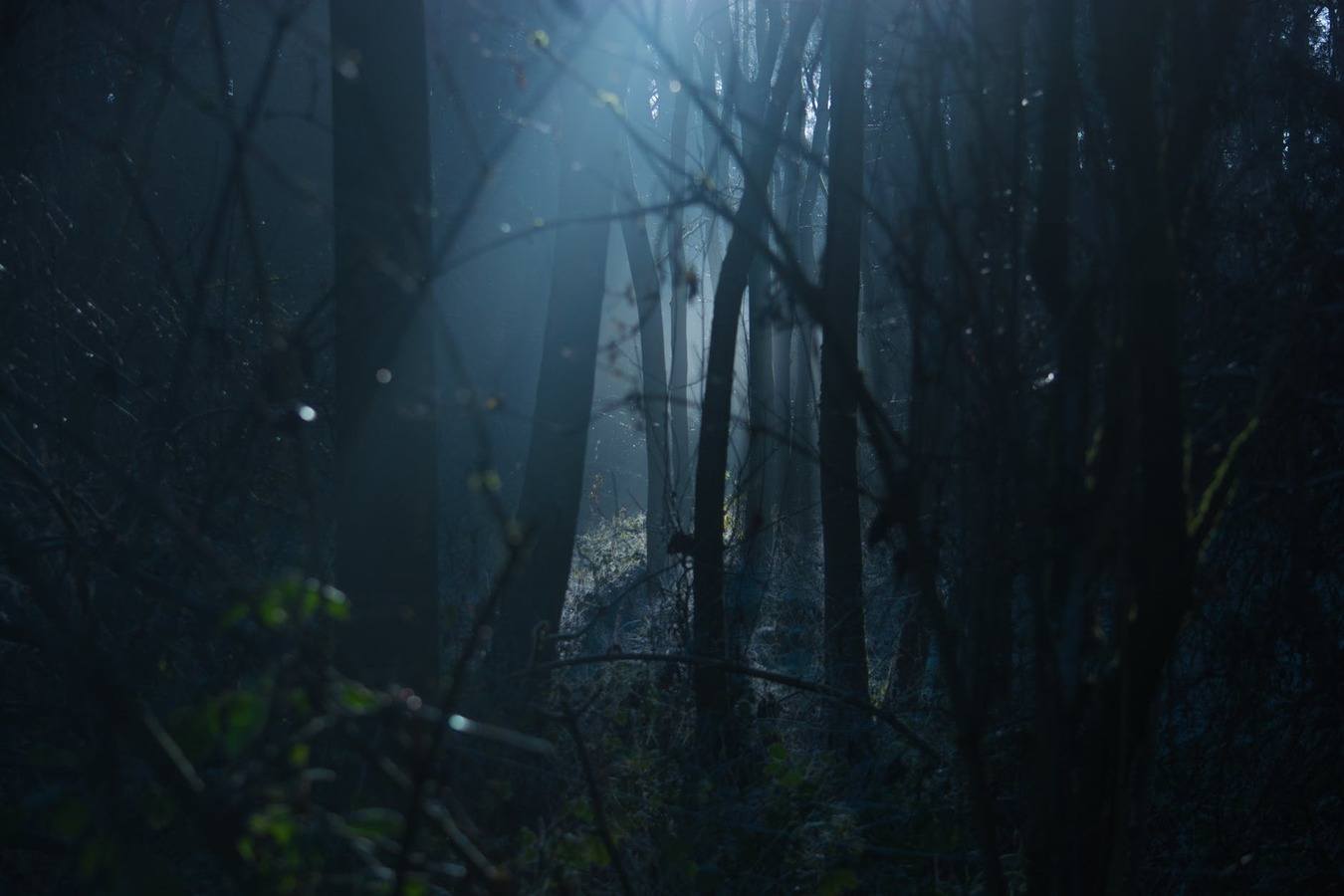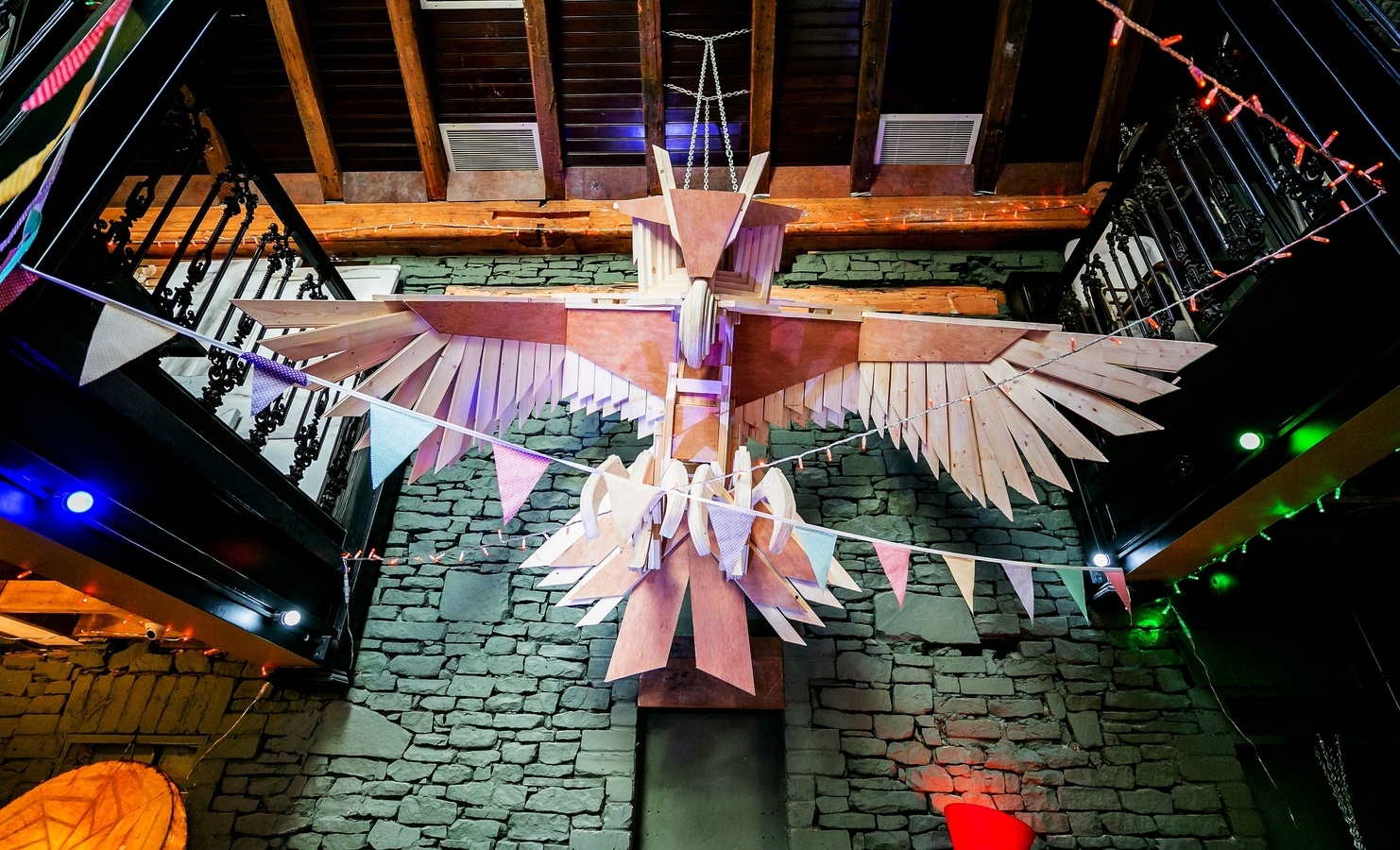Navigating shifts in feeling intensity
This is part of a series of pieces on conscious relating. Other pieces are on new relationship energy and crushes.
Conscious relating is about bringing awareness and intention to all our connections with others as well as our selves. It’s about noticing patterns and triggers as well as needs and feelings and being able to communicate about these clearly and effectively. It’s also about noticing how all our relationships, especially the one we have with ourselves, are interconnected with our lives. It’s about making choices, as often as possible, with our chosen core values front of mind.
A few months on from when I worked through and wrote these articles about pausing a relationship and de-escalating, I wanted to add another piece on how transitions and shifts can take you somewhere different from where you expect.
So many people see the shift from ‘in love’ to ‘not in love but still love you’ as a negative, as if it’s only about loss. What might happen if we could think of this change as just that: a change? Might such a change also be giving us something, as opposed to taking away? I’ve written about pausing and de-escalating relationships and I know that it can feel really tough when the intensity of our feelings for someone, or even for an element of our life such as work or a hobby, shifts up or down a gear.
It’s understandable that many of us experience the shifts or eddies in our feelings as a problem. And sometimes they do cause real problems. But they can also be just shifts, just eddies. I wonder what would happen to our connections and commitments if we allowed and expected our feelings to move around the intensity wheel, as opposed to being fixed in one spot?
When feelings shift, many of us fall into familiar patterns. We might try to get closer, try to please the other(s); or we might tune out, or create conflict. We can also fall into familiar narratives about what this change in our feelings ‘means’. This is all very understandable. It can be challenging to cope with shifts in our feelings. Really challenging. No one marries or makes commitments to others expecting our own feelings to fundamentally change, and yet they can and do. When our lives are woven together, it can feel difficult, impossible even, to even contemplate unravelling the threads.
The issue is often with how we feel and act at the beginning of a connection, and the way that our society talks about relationship and commitment. New relationship energy is that tingly, can’t get enough feeling we get as we fall in love. It can feel great. But it is just a feeling, a stage, a moment in your relationship life. Often we make commitments based on that feeling; or we tuck pieces of ourselves away in the hope that we can continue to feel like that about the other(s) and that they will continue to feel that way about us. The choices we make and actions we take in these early stages are often motivated by a desire to maintain the initial love at all costs. And, interestingly, the very thing that might help make that love last – space between us and the other(s) – is seen as a negative. Why would you want that, if you’re in love? What does a desire to slow down, take a weekend away on your own, not make that plan yet, mean?
It’s time for our ideas about love to shift. It’s time for us to bring more awareness to the energies and shifts that we all experience in relationships. To base our connections and commitments on the awareness and acceptance of change.
I can’t think of a better gift to give to your relationship(s) than some space and time. To have the space to be alone but also to stay connected; to have the time to explore our shifting energies and feelings. To feel spacious in our own lives as well as to have the safety net of connection. To feel both held and free. This is something that’s hard to achieve, and it does require that all those involved have a similar degree of need and self-sufficiency, as well as practical, available space. A pause, a time to assess and tune in to yourself and others, only works when it’s what you both need. It will be harder if one party needs a lot more, or less, connection, or if the open-endedness and uncertainty is too hard for one party to hold. Harder, but not impossible.
Sitting with doubt and uncertainty during any shift is difficult, but it’s also a helpful thing to get used to doing. In my own experience of a big change in relating to a partner, I noticed that it took a good six weeks to grieve the connection we’d previously shared. And longer than that still to begin to feel open and receptive to how the connection really was now. I listened to a lot of music in that time and found that Rumours, the classic Fleetwood Mac album from 1977, helped capture the pain and sadness as well as excitement and joy that change can bring. Grieving was painful, but it also helped clear away the feelings and allowed me to really notice where I am. Here. In a place where I’m not who I was when we met, and they’re not the same either.
To be able to meet each other with open eyes, hearts and minds, to really see each other as we are now and be ready to craft a connection that serves us both, feels very powerful. Rather than seeing the lack of ‘in love’ feeling as a signal that the relationship needed to end, we saw it, instead, as a signal that things had changed. And we saw the possibility that change wasn’t inherently good or bad. We sketched out what this new connection meant to us, what it looked like day to day and week to week (light contact, meeting once every ten days or so), and what it did and did not include (yes to sleepovers, no to holidays). This process made clear the ways in which we were still central to our relationship network for each other, even after the ‘girlfriend/boyfriend’ label had been let go of.
This shift also makes me consider what commitment has meant and does mean, to me and to us. Having been married, what I see now is that I can make meaningful long-term commitments that are also flexible – that bend under pressure rather than breaking. Again, this only works when all involved are receptive to it.
This concept recalls the work of Charles Handy. In his book The Second Curve he talks about how his forty-years-plus marriage has succeeded because they’ve given each other lots of space and allowed each other to change. He advocates for ten-year marriage agreements, saying that reconnecting with who we are in these kinds of cycles is really helpful. I tend to agree.
I’m reminded, too, of the woman who talked about the need to fall in love with her husband again every ten years – they had to meet each other as they were in that time and place, and choose to recommit. This might sound challenging or threatening, but it could be wonderful: such an arrangement demonstrates fluidity and flexibility as well as honesty and authenticity. Most of us know the harm caused by connections that don’t serve us and which become dishonest or inauthentic. What do we model to those around us, when we decide to ignore our partners as opposed to seeing them as they truly are? And the same is true when it comes to expressing how we feel and what we need. Honesty, authenticity, respect and kindness are key.
So, when making commitments to and with others, we might begin to see that longevity is a blessing not a given. That our feelings and how we connect can change but we can also keep as much as we let go of. Many people wonder: why marry or start a family if you know that you have a 50/50 chance of breaking up? They use this potential for loss as a reason to stay still, to not commit or take the risk. And yet, if we build awareness of the fact that relationships have shifting stages of intensity, of how we can and do move through and around these, and that that process is cyclical not linear, then we can begin to be freer. Counterintuitively, this can also make us more connected and more committed to each other.
There is yet more to gain from fully embracing the awareness of feeling-shifts, and the change attached. The challenges inherent in an atomised nuclear family lifestyle, as well as in the still dominant monogamous, dyadic, scarcity-model conceptualising of romantic relationships, do not lie only in the cost and time needed to maintain that lifestyle, but also the losses that it can paper over. A nuclear family lifestyle can deprive us of a thriving network of adults who care for and prove different kinds of support for each other. I know the personal emotional toll that trying to care for a family alone takes. It’s not so much about a village but, instead, about an intergenerational network of trusted, supportive adults who can help, and be helped, when that’s needed. Fostering connections that are fluid rather than fixed, which are grounded in shared core values such as honesty, authenticity, respect and kindness,



















